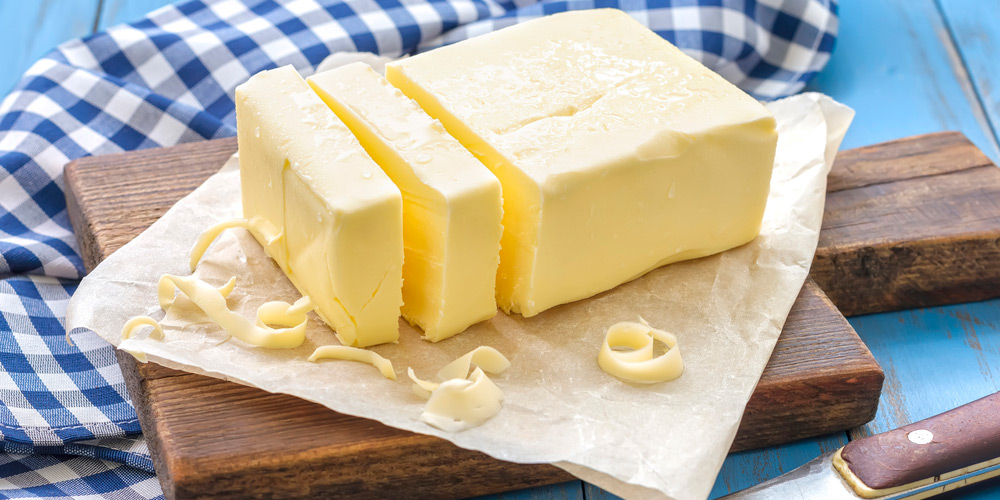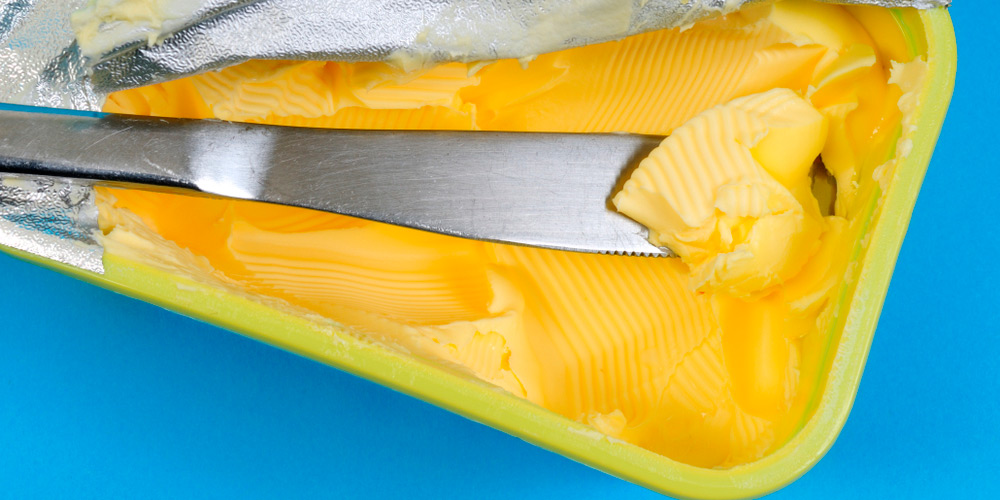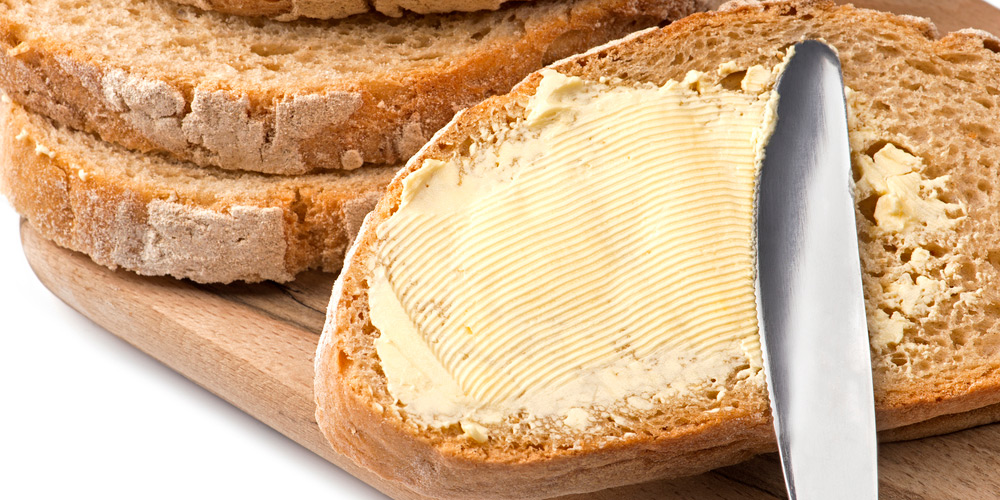
Understand what is the difference between these products and how they affect the body.
Oil
It is a natural product. To get oil, the cream churning in oil cars due to high speed of rotation they produce a concentrated milk fat.
According to GOST, the butter must contain not less than 72,5% fat. Most of them were saturated, so many people believe this product is harmful: it is assumed that such fats raise LDL “bad” cholesterol. And it clogs the blood vessels and can cause heart attack or atherosclerosis.
 This is not true: recently, an international group of cardiologists analyzed data from 1.3 million people and found no connection between cholesterol and cardiovascular disease. Fats can clog the vessel, not because you ate the oil, but because you have a bad heredity or unhealthy lifestyle. And cholesterol of cream, on the contrary, strengthens immunity and protects from infections.
This is not true: recently, an international group of cardiologists analyzed data from 1.3 million people and found no connection between cholesterol and cardiovascular disease. Fats can clog the vessel, not because you ate the oil, but because you have a bad heredity or unhealthy lifestyle. And cholesterol of cream, on the contrary, strengthens immunity and protects from infections.
Butter can be used for frying, though it is not very convenient: at temperatures above 150 °C it begins to burn.
Margarine
The word “margarine” has almost become synonymous with the word “poison” for a reason.
Until 2018 by law, this product could contain up to 20% of industrial TRANS fatty acids – these substances cause cancer. However, from January 1 to the Technical regulation of the Customs Union amended: now the margarine should not be more than 2%.

In margarine little nutrients, but there is almost no milk fat: the product fit perfectly into your menu, if you have a tendency to atherosclerosis.
Just do not heat above 180 °C: at this temperature, the margarine starts to produce dangerous aldehydes.
Spread
Genuine butter oil is not so cheap, so marketers created the spread. In the milk fat ranging from 15 to 85% and the rest of the plant. There are several types of spread:
- creamy vegetable (more than 50% of milk fat);
- butter (15-49% milk fat);
- vegetable fat (vegetable oils only).
In the first two types of saturated fat less than oil, but more than margarine. TRANS fatty acids in spread, according to the new regulation, not more than 2%.

The spread texture is more like a paste than a solid product – so it is easy to spread on sandwiches. It tastes like butter, but is cheaper and contains less saturated fat.
Heat it is not necessary: 11% polyunsaturated fatty acids in the composition of the spread due to high temperatures will emit carcinogens.
What about vegetable oil? What to buy and what to leave on the shelf in the store? Tell in the article, “Oil: what are useful and which not?”.
